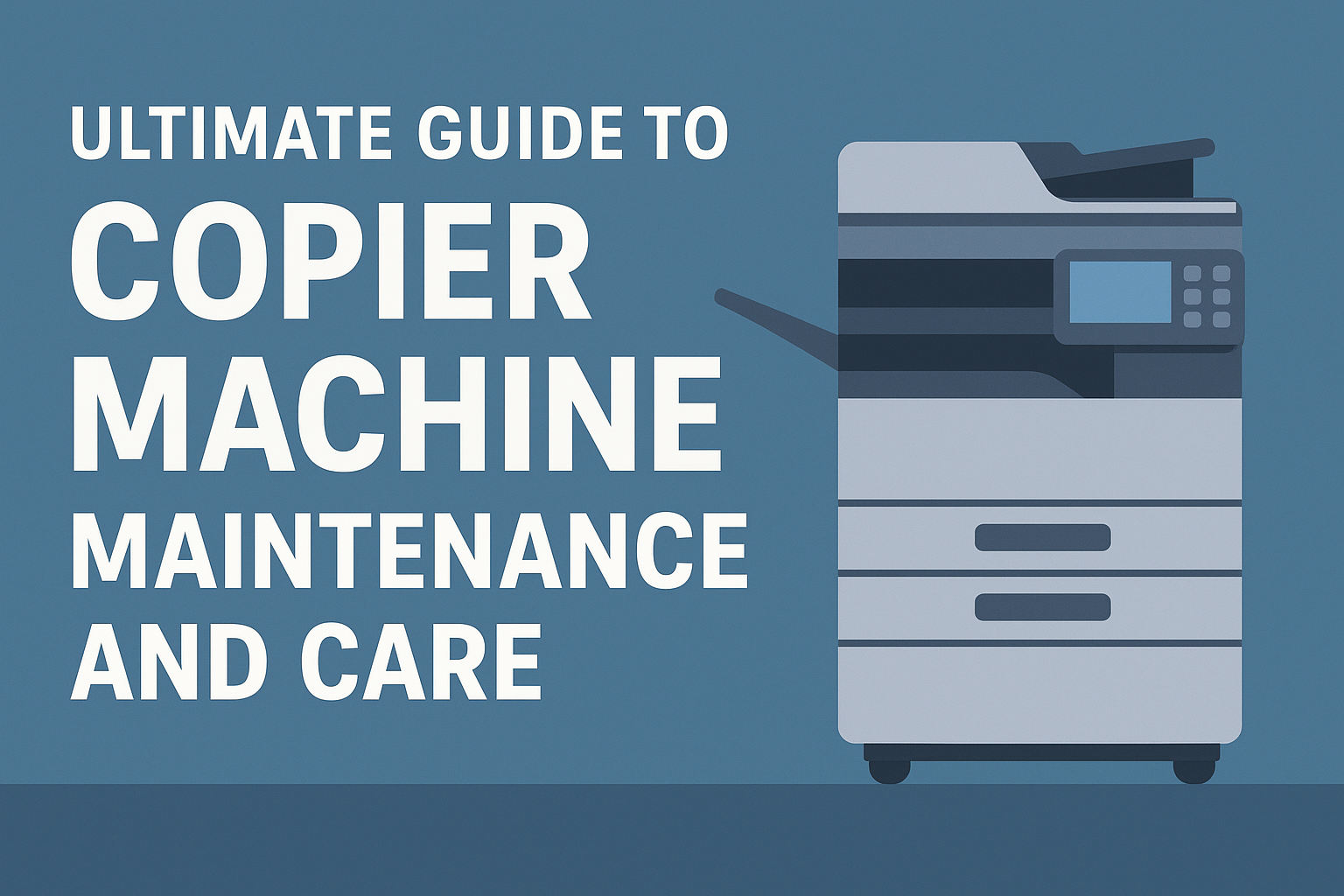Introduction to AI in Document Management
In today's digital age, the integration of artificial intelligence (AI) into document management has revolutionized the way organizations handle and process vast amounts of information. This advancement marks a significant shift in the evolution of document management strategies, empowering businesses to streamline their operations and enhance overall efficiency.

Evolution of Document Management Strategies
The evolution of document management strategies has been driven by the need for more efficient and effective ways to handle the ever-increasing volume of digital documents. Traditional document management methods, such as manual sorting and filing systems, have proven to be time-consuming and error-prone, leading to inefficiencies and productivity bottlenecks.
As technology has advanced, so too have document management strategies. The advent of digital document management systems enabled organizations to transition from paper-based workflows to electronic document storage and retrieval. However, the sheer volume and complexity of digital documents necessitated a more intelligent approach to handling information.
Role of Artificial Intelligence in Document Management
Artificial intelligence plays a pivotal role in reshaping document management practices by leveraging algorithms and machine learning to automate and optimize document-related tasks. AI-powered solutions are capable of analyzing, categorizing, and extracting data from documents with incredible speed and accuracy, far surpassing what traditional methods can achieve.
One key aspect of AI in document management is its ability to enhance data extraction processes. By utilizing AI algorithms, organizations can automatically extract relevant information from documents, such as invoices, contracts, and forms, without manual intervention. This not only saves time but also reduces human errors, ensuring data accuracy and consistency.
Furthermore, artificial intelligence facilitates automated sorting and classification of documents based on predefined criteria. Through machine learning algorithms, documents can be categorized, tagged, and organized according to their content, making it easier for users to retrieve specific information when needed. This automation streamlines document processing workflows and increases operational efficiency within organizations.
The integration of AI in document management represents a transformative shift towards intelligent, data-driven document handling. By embracing artificial intelligence, businesses can unlock the full potential of their document management strategies, paving the way for enhanced productivity, streamlined workflows, and improved decision-making processes.
Automation in Document Processing
In the realm of document management, automation plays a pivotal role in streamlining processes and enhancing efficiency. Artificial intelligence (AI) technology has revolutionized document processing by enabling tasks such as data extraction and sorting to be completed with unparalleled speed and accuracy. This section delves into two key aspects of automation in document processing: AI-powered data extraction and automated sorting and classification.
AI-Powered Data Extraction
AI-powered data extraction leverages advanced algorithms to extract valuable information from a wide range of documents. By employing techniques such as optical character recognition (OCR) and natural language processing (NLP), AI can quickly identify and extract relevant data points from text, images, and scanned documents.

The use of AI for data extraction not only accelerates the process but also enhances accuracy, reducing the likelihood of errors and manual intervention. Organizations can benefit from this technology by efficiently capturing critical data from documents and converting them into actionable insights.
Automated Sorting and Classification
Automated sorting and classification involve categorizing documents based on predefined criteria and organizing them systematically. AI algorithms can analyze the content of documents, assign appropriate tags or categories, and route them to designated folders or workflows automatically.

By automating the sorting and classification process, organizations can significantly reduce the time and effort required for manual document organization. AI-powered systems ensure that documents are efficiently organized and easily accessible, improving overall workflow efficiency and productivity.
AI's role in document processing is transformative, paving the way for streamlined operations, enhanced accuracy, and increased productivity. By embracing AI-powered solutions for data extraction and automated sorting, organizations can unlock the full potential of their document management strategies and drive success in the digital era.
Enhanced Search Capabilities
In the realm of document management, enhanced search capabilities play a pivotal role in improving efficiency and productivity. Artificial Intelligence (AI) has revolutionized document search processes, making it easier to locate and retrieve information quickly and accurately. Let's delve into the aspects of AI-based document search and how it enhances document retrieval efficiency.
AI-Based Document Search
AI-based document search leverages advanced algorithms and machine learning techniques to enhance the search experience. By utilizing natural language processing (NLP) and optical character recognition (OCR) technology, AI can understand the context of the search query and extract relevant information from documents with precision.
AI algorithms can analyze document content, structure, and metadata to create a comprehensive index, allowing users to search for specific terms, phrases, or keywords across vast document repositories. This intelligent search capability significantly reduces the time and effort required to manually sift through documents, enabling users to access information swiftly and accurately.
Improving Document Retrieval Efficiency
One of the key benefits of AI-based document search is its ability to improve document retrieval efficiency. With traditional search methods, users often face challenges in locating specific documents within a large database. AI streamlines this process by providing intelligent search functionalities that present relevant results based on the search criteria.
By incorporating AI-driven search capabilities, organizations can enhance productivity, decision-making processes, and collaboration among teams. Whether searching for contracts, reports, or research documents, AI streamlines the retrieval process, ensuring that users can access the information they need in a fraction of the time compared to manual searches.
The evolution of AI in document management has reshaped the way organizations approach information retrieval. By embracing AI-based document search capabilities, businesses can unlock the full potential of their document repositories, streamline workflows, and empower users to make informed decisions efficiently.
Machine Learning for Document Analysis
In the realm of document management, machine learning plays a pivotal role in enhancing efficiency and accuracy. Two key applications of machine learning in document analysis are pattern recognition and sentiment analysis.
Pattern Recognition
Machine learning algorithms are adept at pattern recognition, enabling them to identify regularities or anomalies within a large volume of documents. By analyzing patterns in data, these algorithms can categorize and organize documents based on similarities in content, structure, or formatting.

Pattern recognition not only facilitates efficient document organization but also streamlines search and retrieval processes. By automating the identification of patterns, machine learning simplifies document analysis tasks and enables users to access relevant information more effectively.
Sentiment Analysis
Sentiment analysis, another facet of machine learning in document management, focuses on understanding the emotions, opinions, and attitudes expressed in textual content. By employing natural language processing techniques, machine learning algorithms can determine the sentiment conveyed in documents, such as positive, negative, or neutral.

Sentiment analysis is particularly valuable in gauging customer feedback, assessing document relevance, and monitoring public perception. By automating the analysis of sentiment, organizations gain valuable insights into the sentiment trends within their documents and can tailor their strategies accordingly.
Incorporating machine learning capabilities like pattern recognition and sentiment analysis into document management practices empowers organizations to streamline document analysis, improve decision-making processes, and enhance overall efficiency. By harnessing the power of AI-driven document analysis, businesses can unlock new possibilities for optimizing their document management strategies and achieving greater operational effectiveness.
Data Security and Compliance
In the realm of document management, data security and compliance are paramount considerations for organizations of all sizes. With the integration of artificial intelligence (AI) into document management strategies, new avenues for enhancing security measures and ensuring regulatory compliance have emerged.
AI-Powered Security Measures
AI technologies play a significant role in bolstering data security within document management systems. By leveraging AI algorithms, organizations can implement advanced security measures that can proactively detect and mitigate potential threats. These AI-powered security solutions continuously monitor document repositories, identifying any abnormalities or unauthorized access attempts in real-time.
Furthermore, AI-driven security measures enable the automatic encryption of sensitive documents, restricting access to authorized personnel only. Through machine learning algorithms, AI can also analyze user behavior patterns to detect anomalies and flag suspicious activities, enhancing overall data protection.
Ensuring Compliance in Document Management
Ensuring compliance with regulations such as GDPR, HIPAA, or industry-specific standards is a fundamental aspect of document management. AI tools provide organizations with the capability to streamline compliance efforts by automating routine compliance tasks and enhancing accuracy in adherence to regulatory requirements.
By utilizing AI for compliance management, organizations can conduct automated audits, monitor document usage, and track data access to ensure adherence to regulatory guidelines. AI-powered systems can also assist in identifying non-compliant documents through pattern recognition and content analysis, facilitating prompt corrective actions to maintain compliance.
The table below summarizes the key aspects of AI-powered security measures and compliance enforcement in document management:

Incorporating AI-powered security measures and compliance enforcement not only enhances the overall security posture of document management systems, but also ensures that organizations meet regulatory obligations effectively and efficiently.
Collaboration and Communication
In the realm of document management, collaboration and communication play pivotal roles in ensuring the seamless flow of information within an organization. With the integration of artificial intelligence (AI), these aspects are being reshaped to enhance efficiency and productivity. Let's delve into how AI-facilitated collaboration and streamlined communication processes are revolutionizing document management strategies.
AI-Facilitated Collaboration
AI technology is revolutionizing collaboration by enabling real-time document sharing, editing, and feedback mechanisms. Through AI-powered tools, teams can collaborate on documents simultaneously, regardless of geographical locations. AI algorithms can intelligently suggest improvements, track changes, and facilitate version control, thereby streamlining the collaborative process.
Additionally, AI-driven collaboration platforms can automatically categorize documents, assign tasks, and provide insights on team productivity. By harnessing the power of AI for collaboration, organizations can foster a cohesive working environment where information exchange is seamless and efficient.
Streamlining Communication Processes
AI is also playing a transformative role in streamlining communication processes within document management systems. AI-powered communication tools can intelligently analyze messages, categorize information, and prioritize communications based on relevance. This ensures that employees have quick access to critical information, reducing response times and fostering effective decision-making.
Furthermore, AI-driven communication platforms can automate notifications, reminders, and alerts, keeping all stakeholders informed and engaged. By leveraging AI to streamline communication, organizations can optimize workflows, enhance information dissemination, and drive greater synergy among team members.
As organizations continue to embrace AI technologies for collaboration and communication within document management, they are poised to unlock new levels of efficiency, productivity, and innovation. By harnessing the power of AI for collaboration and communication, businesses can stay ahead of the curve in today's fast-paced digital landscape.
Scalability and Flexibility
In the realm of document management, the scalability and flexibility of AI-driven solutions play a pivotal role in shaping efficient and adaptive processes. Let's delve into how AI enhances the scalability of document management strategies and enables organizations to adapt to evolving needs seamlessly.
Scalability of AI-Driven Document Management
AI-driven document management systems offer unparalleled scalability, allowing organizations to efficiently handle growing volumes of data and documents. By harnessing the power of artificial intelligence, businesses can automate tedious manual tasks, such as document sorting, classification, and extraction, at scale.
One of the key advantages of AI in document management is its ability to process vast amounts of data rapidly and accurately. Whether it's processing incoming documents, extracting relevant information, or categorizing content, AI-powered systems can scale to meet the demands of a dynamic business environment. This scalability empowers organizations to streamline their document management processes and increase operational efficiency.
Adapting to Changing Document Management Needs
As document management practices evolve and organizational requirements shift, the flexibility of AI-driven solutions becomes increasingly essential. AI technologies, such as machine learning algorithms and natural language processing, enable systems to adapt to changing document management needs in real time.
By continuously analyzing and learning from document patterns, AI-powered systems can identify trends, optimize processes, and proactively adjust workflows to meet evolving demands. This adaptability ensures that organizations can stay agile and responsive in the face of shifting document management requirements, improving overall productivity and reducing operational bottlenecks.
Combining scalability and flexibility, AI-driven document management solutions pave the way for organizations to embrace digital transformation and optimize their document workflows. By harnessing the power of artificial intelligence, businesses can unlock new opportunities for efficiency, innovation, and strategic growth in the ever-evolving landscape of document management.
Sources
https://www.docsvault.com/blog/ai-on-premise-document-management
https://www.sharefile.com/resource/blogs/ai-is-transforming-document-management
https://www.csm.tech/blog-details/how-ai-can-transform-on-premise-document-management-systems





.jpg)

























